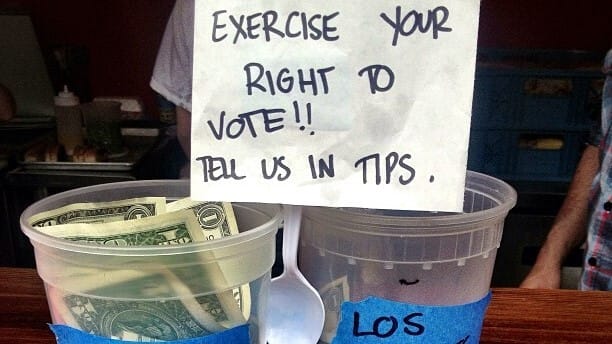If you want to search Cost Curve back issues or link to anything you read here, the web links and archive are online at costcurve.beehiiv.com. You can subscribe there, too.
There’s new polling data out on the Inflation Reduction Act, and it’s good news, I guess, for Joe Biden. More people know about the provisions of the IRA — especially seniors — than six months ago, though the absolute numbers are still pretty low.
About 36% of people know about “negotiations,” though that number jumps to 48% for those 65+. Six months ago, those two numbers were 32% and 36%. Awareness of insulin caps was at 35% (52% for seniors), and out-of-pocket caps registered with 27% (and 40% of seniors).
The survey also found Biden outpolling Trump on all kinds of health-cost measures.
This is going to be taken as good news by Biden, I’d think, and it guarantees that drug costs will be a major plank of his campaign. It suggests that his focus on the topic has moved the needle and that he gains as more people get conversant with the law. That’s not a surprise or a new direction, but it’s still worth noting.
I’m less sure what it means for industry. A lot of the arguments about what happens next with the IRA — everything from concerns about innovation to the push for a “9 vs 13” fix to access concerns — rely on people knowing about the IRA. Given that the existence of the signature element of the law is still a mystery to nearly two-thirds of Americans, it’s not only Joe Biden that needs to be working on education. The biopharma industry has its work cut out for it, too.
Deep Dive Data Week continues … this Rand research that shows how much higher hospital prices are for private insurance than for Medicare got a lot of attention (e.g.: Fierce, NBC, Axios, etc.), but I wanted to highlight one element that tended to get buried in the coverage.
Hospitals are marking up drugs. A lot. The Rand release makes clear that hospitals are marking up drugs an average of 278% above the “average sales price” (which is not, in a lot of cases, what the hospitals pay**).
This is not remotely a new finding. This kick-ass NEJM paper from earlier this year quantifies the phenomenon quite well, and PhRMA has been banging the drum on this since at least 2018.
So it’s less that Rand is breaking new ground and more that it is confirming a trend that really deserves more scrutiny. Hospitals are soaking health plans on meds simply because they can, and the result is higher premiums for everyone.
It’s not that Rand doesn’t have anything novel, though. The report breaks out hospital markups on a state-by-state basis, which I hadn’t seen before. So if you want to localize this story (like what North Carolina is doing), here’s some ammo.
** Rand doesn’t even get into the 340B discussion (the NEJM paper does a good job here), but the markups are way higher when you consider how many of these hospitals are buying medicines at more than half-off via 340B and then turning around and selling them at these hugely inflated multiples. Again, there’s no evidence that patients are helped by this phenomenon, and it’s more than likely that they’re hurt, through higher premiums and the lack of patient assistance.
It’s worth printing out this Biocentury guest commentary and taking it in slowly with a cup of coffee. Tufts’ Gigi Hirsch and Real Endpoints’ Jane Barlow lay out the case for companies thinking a lot more deeply about what they call “health efficiency.” What they suggest isn’t an entirely new concept, but thinking about how to remove barriers to the right medicines getting to the right patients in a more comprehensive way is absolutely where industry should be headed.
I was rolling my eyes through most of `this Marketplace public radio hit about CVS Caremark’s Cordavis drug company(ish) effort, which began by giving a lot of room for CVS’ spin without going deep. But USC’s Neeraj Sood gets quoted at the bottom throwing some cold water on the idea that massive vertical integration by health insurers is a remotely good concept.
Quick reminder to anyone watching the PBMs-building-drug-companies trend: Cigna/Express Scripts also has its own drugmaker, Quallent. Cordavis is incorporated in Ireland. Quallent is based in the Cayman Islands. Nothing sketchy there!
Speaking of eye-rolling, I read the headline of this STAT opinion piece about insulins coming off the market, and I was prepared to unload. My gut feeling is that if there is a viable commercial market, it’ll get filled. And I suspect that there is not a viable commercial market for earlier-generation insulins. No one drives a Pinto anymore. But the author, Cal law prof Robin Feldman, makes a couple of interesting points on things that may make it easier for biosimilar makers to resurrect insulins that have been withdrawn. I still don’t know that there’s a market, but I’m all for removing technical obstacles that might obscure that fact.
Header image via Flickr user Alan Miles.
Thanks for reading this far. I’d be flattered if you shared all or part of Cost Curve. All I ask is for a mention or tag. Bonus points if you can direct someone to the subscription page.





